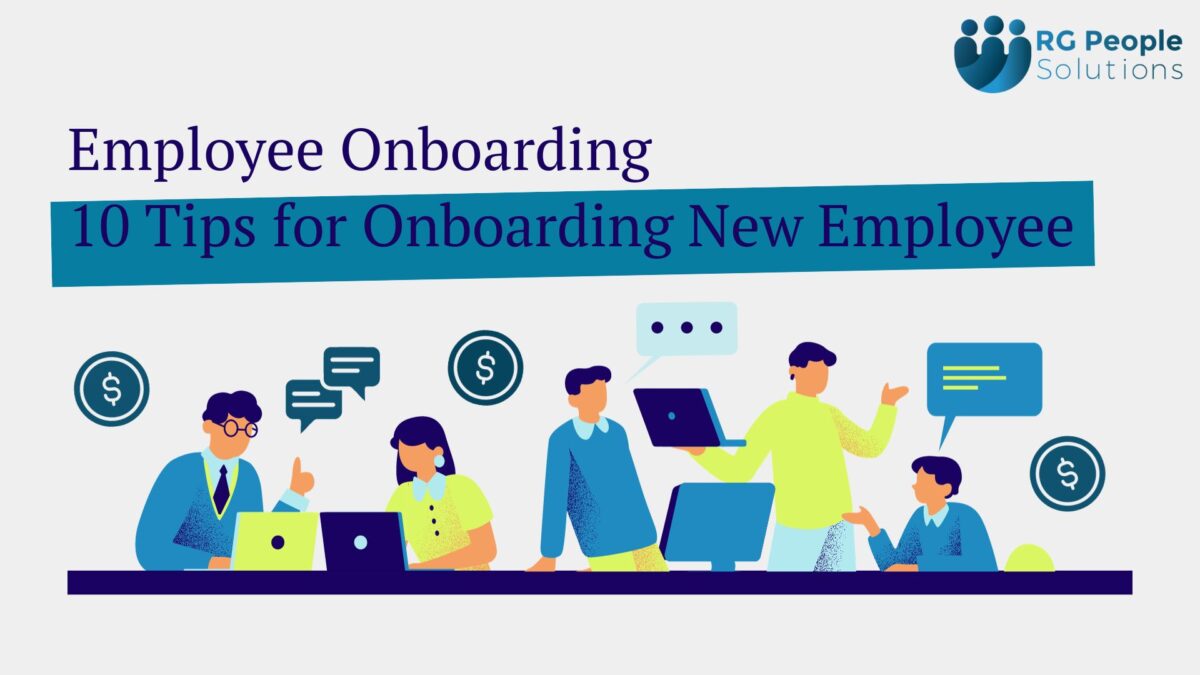The onboarding process is a crucial step in ensuring the success of new employees in an organization. It sets the tone for their entire employment journey, from building a strong relationship with their team to understanding company culture and expectations. Effective onboarding can lead to higher job satisfaction, better retention rates, and increased productivity. In this blog, we will dive into the world of employee onboarding and provide you with ten essential tips to improve your onboarding process. We will discuss the key elements of onboarding, how technology can enhance the experience, case studies of successful onboarding techniques, challenges organizations may face during the process, the role of HR in onboarding, and its impact on employee retention. Join us as we explore future trends in employee onboarding and learn how organizations can continually improve their onboarding process for long-term success.
Understanding Employee Onboarding
Effective onboarding fosters job satisfaction, integrates employees into company culture, and enhances productivity.
The Importance of Effective Employee Onboarding
Setting the stage for long-term employee success and positive experience. Aligning values. Reducing productivity time. Building positive relationships.
Key Elements of Employee Onboarding
Establishing effective mentorship can accelerate new employees’ acclimation within teams. Encouraging inclusion is vital.
Steps to Improve Employee Onboarding
Clearly defining job roles and expectations sets the right tone for new hires. A warm welcome fosters a sense of belonging and acceptance in the organization. Training programs ensure that new employees are equipped with the necessary skills for hiring. An organized onboarding plan ensures a smooth transition for new employees on a basis. Effective onboarding enhances employee satisfaction, engagement, and retention.
Define Clear Job Roles and Expectations
Setting clear expectations through defined responsibilities, career paths, and regular feedback. Excellence.
Prepare a Warm Welcome
Setting a positive tone with personalized greetings fosters a supportive welcoming environment.
Implement Training Programs
Enhancing onboarding with tailored training, e-learning, mentoring, digital platforms, and continuous feedback.
Technology and Employee Onboarding
Leveraging digital tools enhances onboarding efficiency, facilitating seamless integration of new employees.
The Role of Technology in Onboarding
Leveraging digital tools ensures efficient onboarding and promotes consistency across the organization.
Leveraging Digital Tools for Efficient Onboarding
Streamline onboarding paperwork via online portals, e-signatures, and accessible electronic resources.
Case Studies on Successful Employee Onboarding
Innovative onboarding techniques, impact of technology, and successful case studies across industries.
Case Study 1: Innovative Onboarding Techniques
Exploring unconventional methods for employee onboarding drives excellence and innovation.
Case Study 2: Effective Use of Technology in Onboarding
Exploring digital solutions in employee onboarding for streamlined and impactful processes.
Addressing Challenges in Employee Onboarding
Identifying and resolving common onboarding challenges to enhance the onboarding experience. Strategies for mitigating challenges in employee onboarding.
Common Issues in Onboarding Process
Addressing prevalent difficulties that arise during the employee onboarding journey. Examining common pain points.
Solutions to Overcome Onboarding Challenges
Overcoming onboarding challenges through innovative methods and showcasing successful navigation strategies.
The Role of HR in Employee Onboarding
Maximizing HR’s impact on the onboarding journey ensures a positive experience.
Responsibilities of HR During Onboarding
During employee onboarding, HR outlines tasks, facilitates a smooth experience, and ensures accountability.
How HR Can Enhance Onboarding Experience
Empowering HR to elevate the overall onboarding experience and showcase potential.
Onboarding and Retention
Exploring the impact of effective onboarding practices on long-term employee retention.
The Connection Between Onboarding and Employee Retention
The link between onboarding and employee retention is crucial for organizational success. Effective onboarding fosters loyalty and strengthens the employer-employee relationship, leading to greater retention.
How Onboarding Influences Employee Commitment
Fostering commitment, onboarding shapes purpose, trust, confidence, and organizational culture for employees.
Future Trends in Employee Onboarding
AI and automation reshape onboarding, with gamification and personalized experiences gaining momentum.
The Evolving Landscape of Employee Onboarding
Embracing technology, onboarding evolves for global, inclusive, personalized, seamless experiences. Digital efficiency advances.
Preparing for Future Onboarding Trends
Organizations are adapting onboarding strategies to align with future workforce trends, embracing innovative digital solutions.
How Can Organizations Continually Improve Their Onboarding Process?
To continually improve their onboarding process, organizations should prioritize continuous feedback mechanisms. Regular assessments and updates ensure the process remains relevant and effective. Embracing digital HR technologies can streamline onboarding, while cultivating a culture of inclusion and coaching helps drive ongoing improvement. Adopting a data-driven approach is key for analyzing and enhancing the overall onboarding experience and ensuring the right time for onboarding new employees.
Conclusion
Effective employee onboarding is crucial for the success of both the new hires and the organization. By following the key elements of employee onboarding such as defining clear job roles, providing a warm welcome, and implementing training programs, organizations can ensure a smooth transition for new employees. Leveraging technology and digital tools in the onboarding process can further enhance efficiency and engagement.
Case studies on successful employee onboarding highlight innovative techniques and the effective use of technology. Addressing challenges in the onboarding process and providing solutions can help organizations overcome common issues and create a positive onboarding experience.
HR plays a vital role in employee onboarding, with responsibilities including guiding new hires, facilitating communication, and enhancing the onboarding experience. The connection between onboarding and employee retention is significant, as a well-structured onboarding process can influence employee commitment and satisfaction.
As the landscape of employee onboarding continues to evolve, organizations need to stay updated with future trends and prepare for changes. By continually improving their onboarding process, organizations can create a positive and engaging experience for new employees, leading to higher retention rates and overall organizational success.

